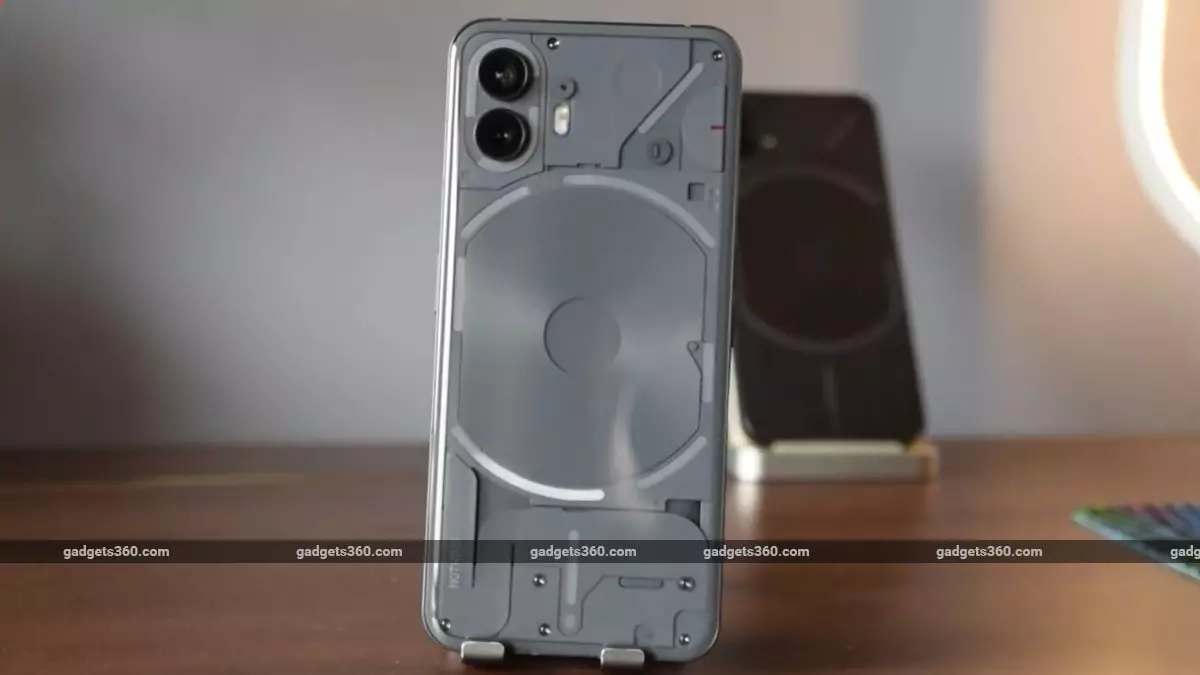The Nothing Phone 3’s impending global launch has stirred a mix of anticipation and skepticism across the smartphone community. While the brand’s ambition to position itself firmly in the flagship territory commands respect, the nearly doubled price tag compared to its predecessor feels audacious and arguably premature. Jumping from around Rs. 45,000 to an estimated Rs. 90,000 poses an immediate challenge: is Nothing ready to justify this steep surge with clear, undeniable value?
Nothing has built its reputation on disrupting norms through unique design and reasonably priced innovation. However, the flagship market is not forgiving—consumers expect not just innovation but a seamless amalgamation of premium features, robust performance, and exceptional build quality. At nearly double the previous price, the Phone 3 risks alienating early enthusiasts while inviting comparisons to established heavyweights with a decade or more of refinement.
Design Evolution or Identity Dilution?
One notable shift with the Phone 3 is the reimagining of the signature Glyph Interface, replaced by the newer Glyph Matrix. The Glyph Interface was more than a gimmick; it was a defining element that set Nothing apart visually and functionally. While refreshing design cues are essential to stay relevant, this pivot could inadvertently dilute an otherwise distinct identity. In a market cluttered with sleek black rectangles, the brand’s identity hinged on its quirky, luminous back. Altering that risks eroding the emotional connection the current fanbase has with the hardware.
Yet, change is a double-edged sword. Perhaps the Glyph Matrix introduces improvements in usability or aesthetics that current teasers have not fully revealed. Still, until the new design proves its merit, this alteration comes across as an uncertain gamble rather than a confident evolution.
Hardware Ambitions and Unmet Expectations
Under the hood, the Phone 3’s purported specifications read impressively on paper. A Snapdragon 8s Gen 4 chipset promises considerable leaps in CPU, GPU, and NPU performance, signaling that Nothing is serious about performance credibility. Five years of Android updates paired with seven years of security patches underscore a commendable commitment to longevity, a detail often overshadowed in flagship launches but crucial to informed buyers.
However, this performance upgrade is somewhat overshadowed by questions about the camera setup. While the inclusion of a 50MP periscope telephoto lens with 3x optical zoom is a trendy move—aligned with competitors—the overall triple camera promise feels safe rather than revolutionary. Nothing’s prior efforts didn’t particularly stand out in photography, and without clear evidence of computational photography leaps, there’s a lingering doubt whether the Phone 3 can rise above mid-range competitors and flagship flag-bearers alike.
Charging and Battery: Playing Catch-up?
Charging capabilities and battery size are unsung heroes in any phone’s real-world appeal, and the Phone 3 stakes a respectable claim here. A 5,150mAh battery coupled with 100W wired charging sounds promising, suggesting a device that won’t tether its users anxiously to power outlets. The addition of wireless and reverse wireless charging pushes it into the expected flagship territory, but again, these features are now industry norms rather than standout innovations.
It raises the question: does Nothing truly bring something new to the table, or is it merely catching up with competitors? In a fiercely competitive environment, incremental improvements may not be enough to sway consumers who demand both novelty and maturity.
The Spotlight on Brand Credibility and Market Strategy
Ultimately, the Nothing Phone 3 represents a bold pivot—not just technologically but strategically. It confronts the dilemma faced by many ambitious startups: growing up means competing with established giants who enjoy economies of scale and brand loyalty. Nothing’s gamble on a near-premium pricing and a design overhaul might stretch its resources and goodwill thin.
From a centrist liberal standpoint, this reflects broader questions about consumer fairness and market transparency. Is it ethical to push pricing that risks marginalizing loyal customers who found value in Nothing’s earlier, more accessible offerings? Innovation should empower and democratize technology access, not sharply stratify it.
In its quest to become a true flagship contender, Nothing must prove that its higher price delivers genuinely superior experiences, not just flashy spec sheets and design tweaks. If it can articulate and deliver on real-world benefits with empathy towards consumer expectations, the Phone 3 could herald a new chapter. Without that, it risks becoming an emblem of overambition—an expensive phone caught between aspiration and reality.

Leave a Reply